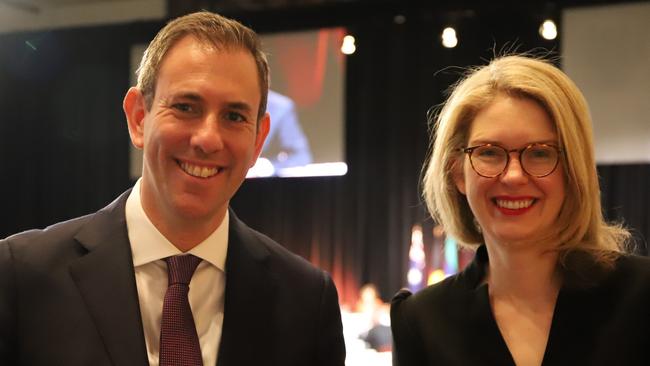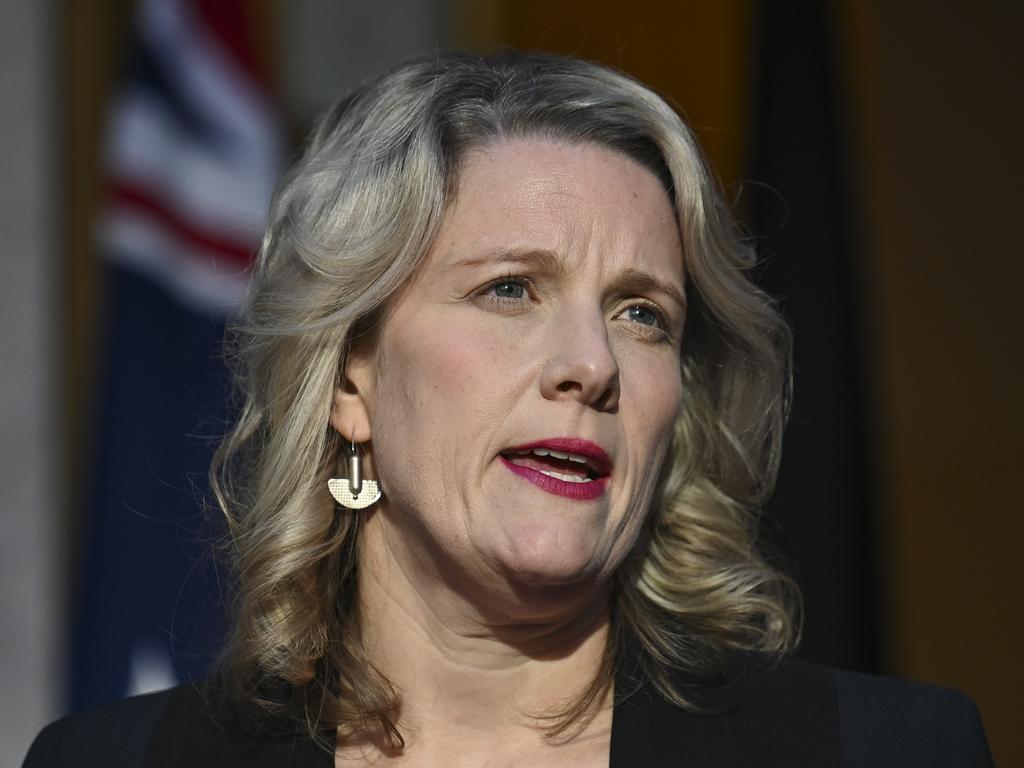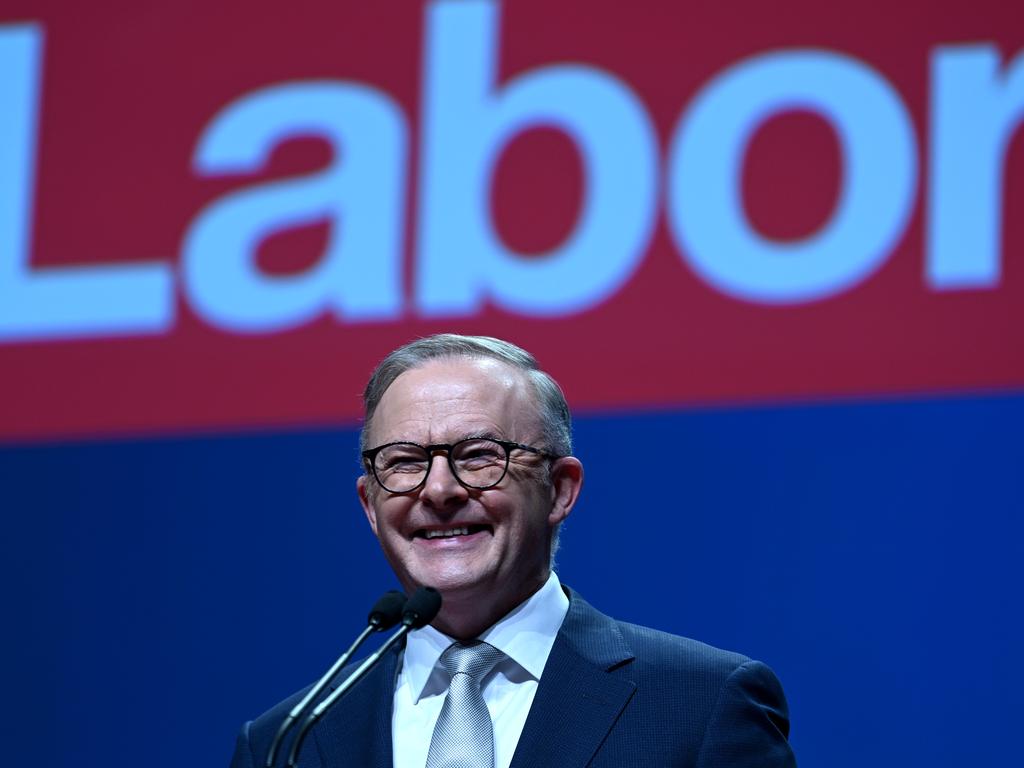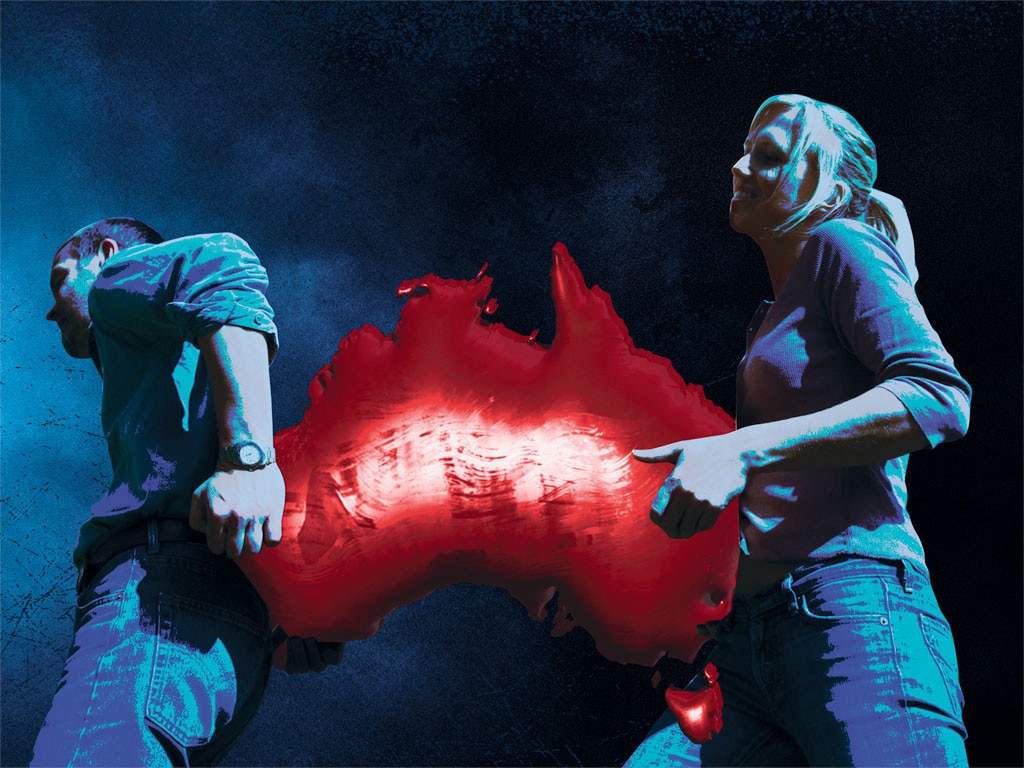
Or “steady and sturdy” as Jim Chalmers put it on Wednesday, picking out the bright spots in the national accounts while putting a lick of high-gloss on the second consecutive quarterly fall in GDP per person.
“Everyday Australians” as our elected representatives often call us – parents with a mortgage, renters, weekend punters and workers with a second job – are feeling the big squeeze from high inflation and the Reserve Bank’s pitiless interest-rate response to it.
This is exactly what outgoing RBA governor Philip Lowe envisaged with his brutal monetary assault, so get used to it.
“The Australian economy is experiencing a period of below-trend growth and this is expected to continue for a while,” he said after his final RBA board meeting on Tuesday.
But our population is growing by an annual 2.5 per cent, with an implied quarterly rise of 0.7 per cent if you plug in a GDP rise of 0.4 per cent and a per person drop in output of 0.3 per cent in June.
The people surge is due to an estimated 400,000 migrant net inflow, including a large number of fee-paying foreign students. Their spending and a return of Chinese tourists are delivering a strong rise in services exports.
As a nation, we’re working more, saving less and lucky to still have the world paying us high prices for our exports – from precious rocks to wonderful experiences for tourists and students – but not getting the uplift in living standards we’ve come to expect.
“We worked 6.8 per cent more hours this year than last year and with GDP rising by a smaller amount, labour productivity fell 3.2 per cent in annual terms,” the ABS noted, highlighting our nation’s festering sore.
The only way is up for new-new Productivity Commission chair Danielle Wood.
The RBA board won’t be thrilled about the 5.8 per cent annual rise in real unit labour costs, a slippery path to persistent inflation, and the extra pain that would ensue, but will be cheered by stronger business investment.
The ABS said households shelled out $82.8bn in mortgage interest payable during the year, almost double last year’s amount.
Spending on essentials, such as rent, power and insurance, continues to grow, while the household saving rate eased to a 15-year low.
Discretionary spending fell for the third quarter in succession.
As we enter footy finals, governments have seen gambling taxes drop by 7 per cent in the quarter.
In the states and territories, you lose some, you spend a bit more, although some of the road, rail, health and education projects should provide long-lasting benefits for a growing population.
Public spending on capital works – including Snowy 2.0, the Western Sydney Airport, Inland Rail, Sydney’s new metro and Brisbane’s Cross River Rail – rose by 8.2 per cent during the quarter.
General government spending on its own operations, minus defence, continues to rise, driven by an escalating payroll bill as more people are hired, wage caps cease and new bargaining agreements kick in.
Since June 2020, expenses for “compensation of employees” of state governments (where 80 per cent of public servants work) have grown by 20 per cent.
Say no more.
While Covid-era and other emergency payments to households and businesses are down from their crisis highs, government subsidies on products and production have lingered.
In the seven years before the pandemic, annual subsidies by all levels of government were running about $20bn a year.
They shot up to $74bn and $108bn in the two years when JobKeeper and Boosting Cash Flow For Employers were running hot, before easing to $49bn in 2021-22.
Last financial year, subsidies were $36.4bn, so the floor seems to have been permanently raised on this aspect of public-sector spending.
Bottom line: indebted, activist and spendthrift governments endure in post-pandemic Australia.








The long tail of big-spending governments, China and migration are keeping Australia’s economy above water.